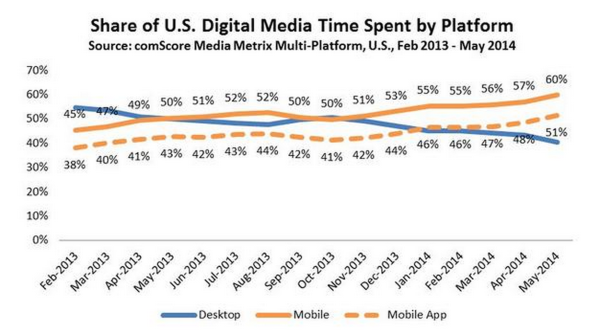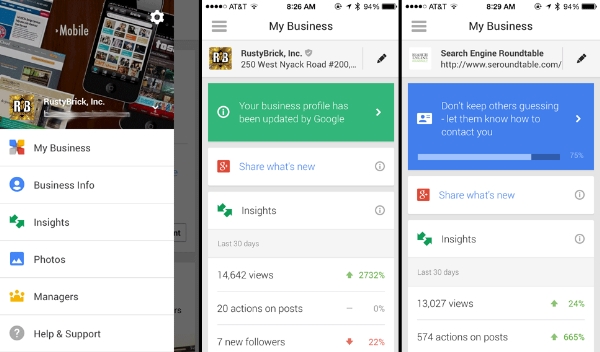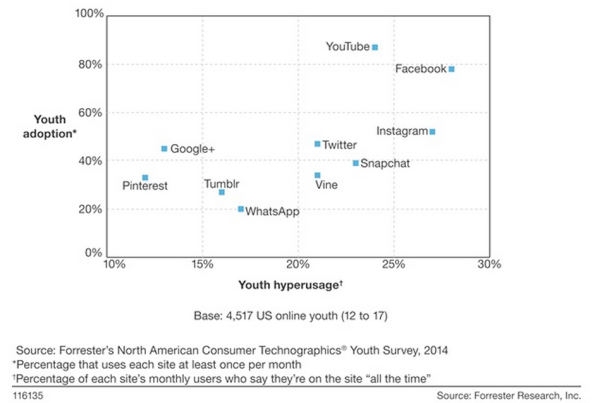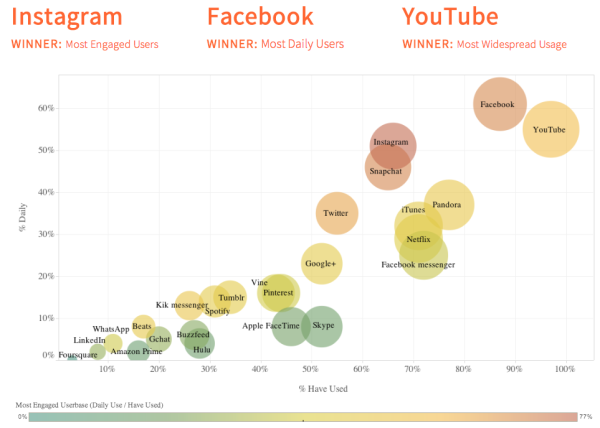Every week we try to keep you updated with all the SEM news from around the web, but the Google I/O event this week was packed full of so much information there was bound to be some stuff we didn’t get to cover. Today, we’re going to cover all the latest news from I/O and everywhere else. We’ll start with Google, but there is also some interesting Facebook news to discuss near further down.
Android Reaches 1 Billion Active Users Per Month
To open the annual I/O developers conference, Google rattled off an impressive list of statistics, as large tech companies tend to do. Of these statistics, there is one that was noteworthy and shows just how prominent smartphones have become throughout the world.
At last year’s conference, Sundar Pichai told the audience that Android had around 530 million active users per month. Over the past year, that number has almost doubled, surpassing one billion active users every month.
Other interesting stats include:
- Android users send 20 billion texts per day.
- They take 93 million selfies per day.
- Android users take 1.5 trillion steps each day.
- They check their phones 100 billion times per day.
- Android tablets represent over 60 percent of all tablets shipped.
If you’re wondering what everyone is doing on their phones, you can be assured that it involves apps. comScore released a report this week showing that over half of all digital media time is now spent using apps, though its unclear whether more time is spent on Angry Birds or The Wall Street Journal’s news app.

Google Will Remove Author Images From Search Results

Google is continuing to push an emphasis on authorship authority, but don’t expect to continue seeing author images in your search results for much longer. In the next few days, Google will be stripping the author images and Google+ circle counts from desktop and mobile search results in an attempt to streamline search result appearances. In the announcement on Google+, John Mueller said:
“We’ve been doing lots of work to clean up the visual design of our search results, in particular creating a better mobile experience and a more consistent design across devices,” he wrote. “As a part of this, we’re simplifying the way authorship is shown in mobile and desktop search results, removing the profile photo and circle count.”
Danny Goodwin from Search Engine Watch shared an example showing what the results looked like before (shown above) and what they will look like in the very near future (below).

Google is Testing Their Domain Registry Service
Google has expanded into seemingly every facet of online activity, but up until now they have left domain registration to other service providers. That won’t stay the case for much longer as Google recently announced they will be inviting a limited number of people to test their new service called … wait for it… Google Domains.
As the shockingly creative name suggests, Google Domains will let users search, find, purchase, and transfer the domain or domains best representing their business. The service is still being built, which is part of why you shouldn’t expect for it to come out of testing in the close future. But, the service could potentially make the act of creating a website and establishing a company presence online much more easily understandable for the 55% of businesses that still don’t have websites.
Google My Business Comes To iOS and Android

Google announced Google My Business earlier this month, and on Wednesday the official apps for the service came out on both Android and Apple smartphones. The apps offer a unified interface that will make it easier to manage your brand’s online presence on the go. App features include:
- Edit the business listing by changing hours, description, etc.
- View managers of the page but not manage them
- Post to Google+
- Add photos and update cover and profile photos
- View local insights and analytics
- Change business pages and accounts
Watch Now Now Influences Facebook News Feed Video Rankings
Facebook is constantly working on its News Feed algorithm and the latest update is intended to improve the quality of videos being served to users. The new video ranking takes note of how long users watch a video for and uses this information to influence content ranking. This metric will be combined with other long-standing metrics such as likes, comments, and shares.
In the announcement, Facebook said, “In our early tests, this improvement resulted in more people watching more videos that are relevant to them.” The announcement also noted that twice as many people watch videos on Facebook compared to the numbers from six months ago.
Wait, So Facebook is Still Popular With Teens?
You’ve undoubtedly heard the rumors, studies, and proclamations that Facebook is losing traction with teens like a car driving off a cliff. From what everyone wants to believe, all the young kids are moving to the burgeoning messaging apps to escape the prying eyes of their parents and lame extended family. Even President Obama has commented that kids “don’t use Facebook anymore.”
The problem with all this is, the numbers don’t entirely support that conclusion and two reports from the past week confirm that Facebook is still the most popular social site for the demographic by far.

First, Forrester Research released a report showing that more than 75% of US online youth use Facebook at least once a month. Their survey polled 4,517 internet users between the ages of 12 and 17, and that Facebook has twice as many users as Pinterest, Tumblr, Snapchat, and more than Instagram and WhatsApp combined.

The second study, from college and K-12 education review site, Niche, found similar results from a survey of 7,000 teenage users. Specifically, 87% still use Facebook “occasionally” and 61% use it daily (including the 47% who use it “a few times a day.)



